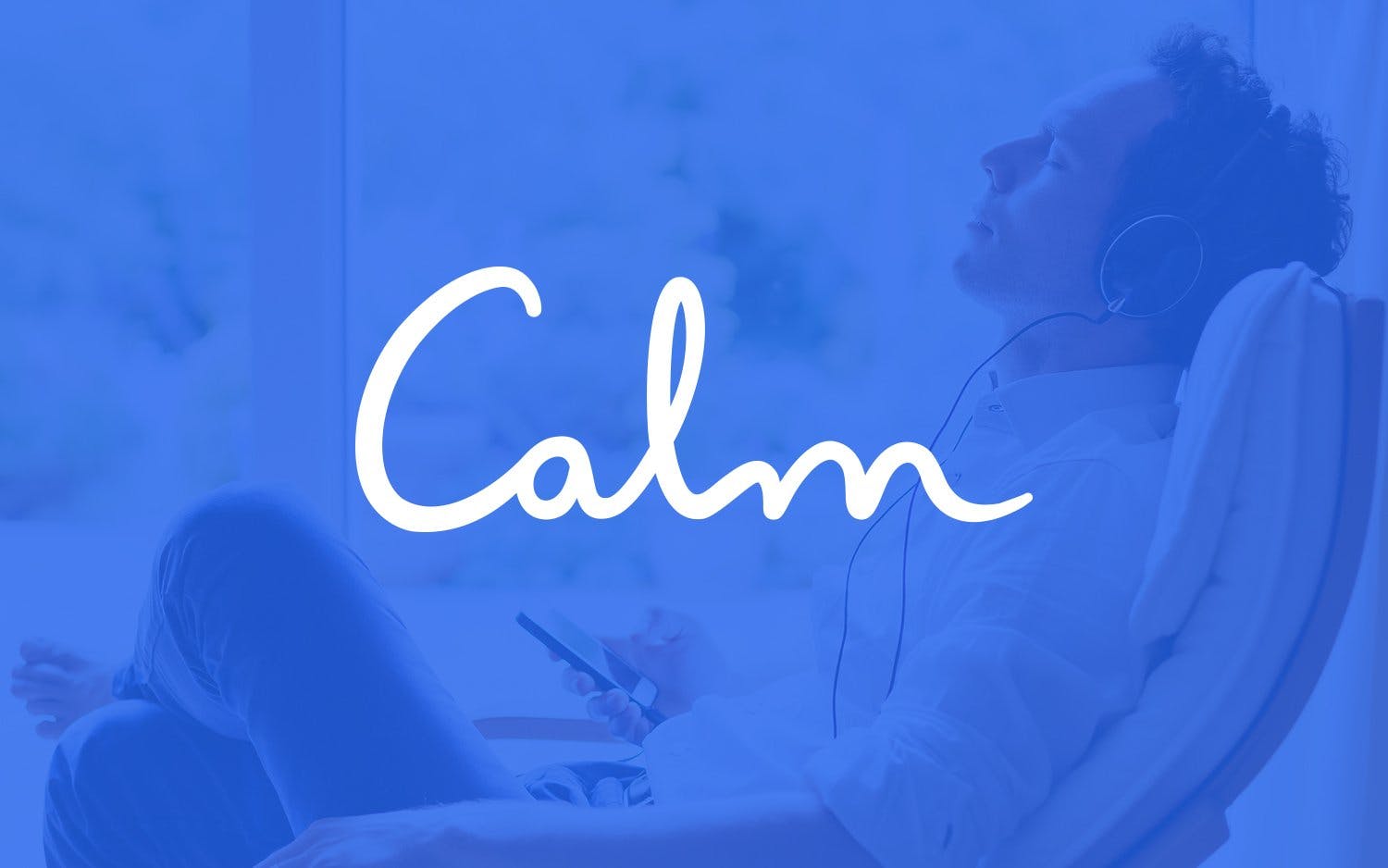You’ve probably heard that less caffeine, more exercise, and a regular schedule contribute to good sleep. However, the mindfulness-and-meditation app has another tactic up its sleeve to help people sleep better: analytics.
No, it’s not that Calm wants you to do an hour of manual data analysis each night before bed (although that probably would make you sleepy). Instead, Calm uses to improve the mental wellness services its app offers around stress reduction and sleeping soundly.
Product analytics has helped Calm home in on customer needs and behavior, allowing the team to develop content and features capable of meeting those needs and driving retention.
What Calm Learned from Using Amplitude
Speaking at Amplitude’s inaugural , Calm’s Head of Lifecycle Marketing Sue Cho was unequivocal about her company’s aims. Calm strives to “shift the meditation paradigm,” and knows that using data as a “guiding force” will be vital to its success in this area.
The team at Calm used Amplitude to learn more about when and how users were interacting with the app, so they could make informed improvements to the product.
What Drove Users to Sign on and When
With Amplitude, Calm identified the behaviors that were driving users to sign on and come back.
The team used to create custom user need variables. From there, Calm was able to see that people were most commonly using the app to sleep better and reduce stress.
Calm also used Amplitude to understand when users would most often reach for the app. They discovered that the biggest usage spikes occurred at the beginning and end of each day, as users sought to unwind before bed or start the day off in the right frame of mind.
Using Amplitude, Calm was also able to note how usage patterns broke down over a typical week. For example, Cho noted that app usage spiked during periods of the week commonly understood as “stressful times,” particularly on Sundays. Drilling deeper into the data offered by Amplitude, the team at Calm found that usage seemed to be highest on Sunday evenings when those “Sunday scaries” brought on by anxiety about the upcoming week set in.
Which App Content Was Most Popular
Calm was also able to use Amplitude to find out which in-app content types were proving most popular with users and when users consumed them most avidly. Calm incorporates a lot of content into its app—from relaxation masterclasses to a soothing music player to breathing exercises—so discovering which types were most popular was vital to building retention.
With Amplitude, Calm found out that its most popular content types were sleep stories, daily meditation, and breathing exercises.
How Calm Applied Its Amplitude Insights
Once Calm knew what content its users loved and when they turned to the app, it doubled down on creating “hook” features and events around that knowledge to drive retention.
Reconfiguring the Timing of Outreach
With a decade of email marketing experience, Cho was well aware of how difficult it is to create email outreach for existing users that isn’t annoying. And when your app’s purpose is to reduce stress, frustrating users is really the last thing you want to do.
Armed with Amplitude Analytics, Calm created email campaigns that users loved enough to share on social.
With usage data insights, Calm optimized send times and dates for weekly emails to premium members. By sending email prompts to anxiety-reducing content on its app at times of greater stress—particularly Sunday evenings—Calm could turn its emails into a “refuge” from stress, not a creator of it. Cho observed that thanks to its data, Calm was able to turn email outreach into “something [our users could] look forward to.”
Doubling Down on the Content That Worked
After discovering that users were mostly using its app to sleep better, Calm decided to create a new type of content: Sleep Stories. The brand brought in celebrity voices to recite calming tales as the user drifts off, allowing them to achieve a new degree of what Cho called “cultural relevance.”
Sleep Stories is now Calm’s most popular content type, with plenty of adult users enjoying the content. As Cho observed, “Who says bedtime stories have to be just for kids?”
Looking to Create “Cultural Moments”
Calm’s insights about what drove users to reach for its app—stress—helped the brand determine what to include in marketing campaigns and where and when to present these promotions. This led to a focus on trying to tap into, or even create, “cultural moments,” which hit home the importance of anxiety relief and relaxation.
The company advertised during high-stress events like political elections, when many people find calm just a little harder to come by. Calm pushed the content boat even further by premiering a movie, “Baa Baa Land,” marketed as “the dullest movie ever made” to soothe users to sleep. On top of its movie premiere, it also opened up pop-up locations in high-stress locations like airports.
These moments were “”—calculated risks Calm took based on its understanding of the people using its technology. Thanks to insights from Amplitude, Calm’s app usage increased markedly.
Analytics Helped Calm Users Relax Better
Even if, like Calm, your brand offers a product whose aim is to help your users do less, not more, that doesn’t mean you can take a less-is-more approach with data. Whatever the nature of your offering, is vital to get your product positioned and putting out the right content to delight your users.
The key to doing so is building an in-depth understanding of why and when users turn to your product. Choose the right analytics solution, consult the right data, and you’ll be set to create a frictionless user experience with relevant content that keeps users hooked.
Continue your learning: or today.

